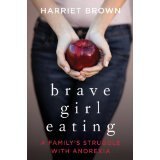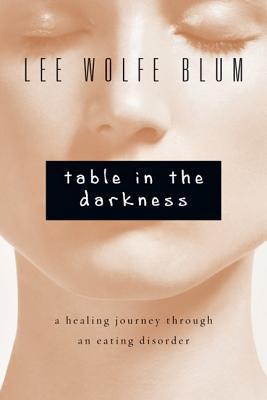
Autobiography of a Face
Book Description
A face can shape a life—both seen and unseen. Lucy Grealy’s 'Autobiography of a Face' is a raw, unflinching journey through the landscape of her identity, scarred by illness and the harsh judgments of society. Each page reveals the struggle for acceptance, where beauty feels like a distant dream and resilience becomes a daily battle. Grealy navigates the treacherous waters of friendship, love, and the fierce longing to belong, all while confronting the mirror's reflection. What happens when the outward persona clashes with the inner spirit? Can true beauty be redefined when faced with adversity?
Quick Book Summary
"Autobiography of a Face" by Lucy Grealy is a poignant memoir that chronicles the author's battle with Ewing's sarcoma, a rare cancer that left her permanently disfigured. Diagnosed at age nine, Grealy endures multiple surgeries and social ostracism, which deeply shape her self-image and understanding of beauty. The narrative unfolds with unflinching honesty as Grealy details her struggles with physical pain, emotional isolation, and the longing for acceptance. Through her journey, the memoir explores the power of resilience, the societal obsession with physical appearance, and the search for identity beyond the surface. Grealy’s story is a compelling meditation on suffering, self-worth, and redefining beauty in the face of adversity.
Summary of Key Ideas
Table of Contents
The Impact of Physical Difference on Identity
Lucy Grealy’s battle with Ewing’s sarcoma begins at the vulnerable age of nine, when a diagnosis sets her on a path of endless hospital stays and invasive surgeries. The trauma of illness is not confined to her physical suffering; it rapidly evolves into a struggle with her sense of self. The changes to her face become a literal and figurative mask, affecting the way she is treated by others and how she perceives her own identity. Grealy’s early years are colored with a sense of isolation and confusion as she navigates school, family, and the medical system.
Resilience in the Face of Illness and Pain
Beyond the immediate pain of treatment, Grealy dives deep into the psychological repercussions of her disfigurement. She is acutely aware of her difference, confronted daily with pity, cruelty, or stares from others. Her longing for normalcy is ever present, manifesting in dreams of reconstructive surgery and fantasies about beauty. As she moves through adolescence and into adulthood, the gap between how she is seen by the world and how she wishes to be seen grows, fueling both resilience and anxiety.
Society’s Perception of Beauty and Disability
Society’s fixation on beauty intensifies Grealy’s challenges. Throughout the memoir, she exposes the implicit judgments and exclusions faced by those who do not conform to conventional standards. Friends, strangers, and even caretakers project their discomfort onto her, often reducing her to her facial scars rather than acknowledging her full humanity. These experiences drive home the often cruel and arbitrary nature of physical ideals, and Grealy interrogates her internalization of these cultural norms.
Longing for Acceptance and Belonging
Despite relentless adversity, Grealy finds moments of connection and meaning. She forges friendships, seeks solace in literature and education, and channels her longing for acceptance into intellectual and emotional growth. Her journey is punctuated by small triumphs—a moment of understanding from a friend, success in school, or a fleeting sense of belonging. These moments are contrasted with setbacks, but cumulatively build her sense of resilience in the face of persistent obstacles.
The Journey Toward Self-Acceptance
The memoir culminates in Grealy’s gradual realization that true self-worth cannot be rooted in external validation. While her yearning for beauty and acceptance never disappears entirely, she begins to accept her scars as part of her story. Her journey illustrates the arduous process of self-acceptance and the courage it takes to live authentically when the world’s gaze is unkind. In the end, Grealy’s voice resonates as a testament to the human capacity for endurance, and a call to redefine what it means to be beautiful.
Download This Summary
Get a free PDF of this summary instantly — no email required.





